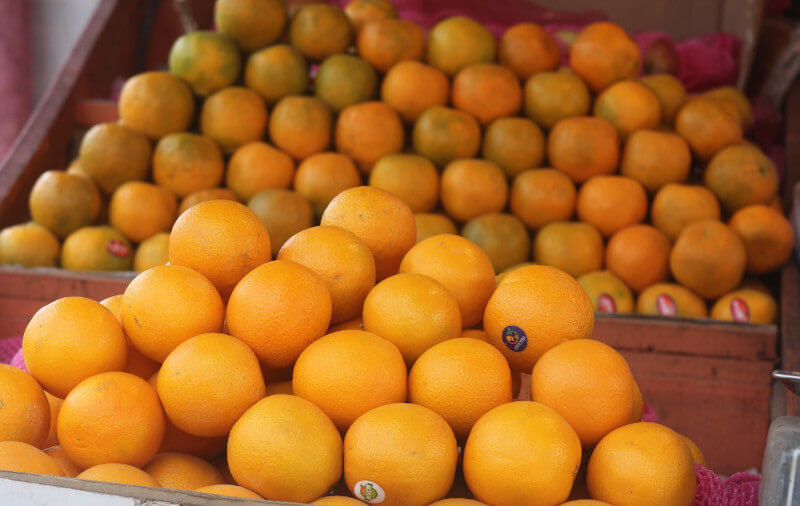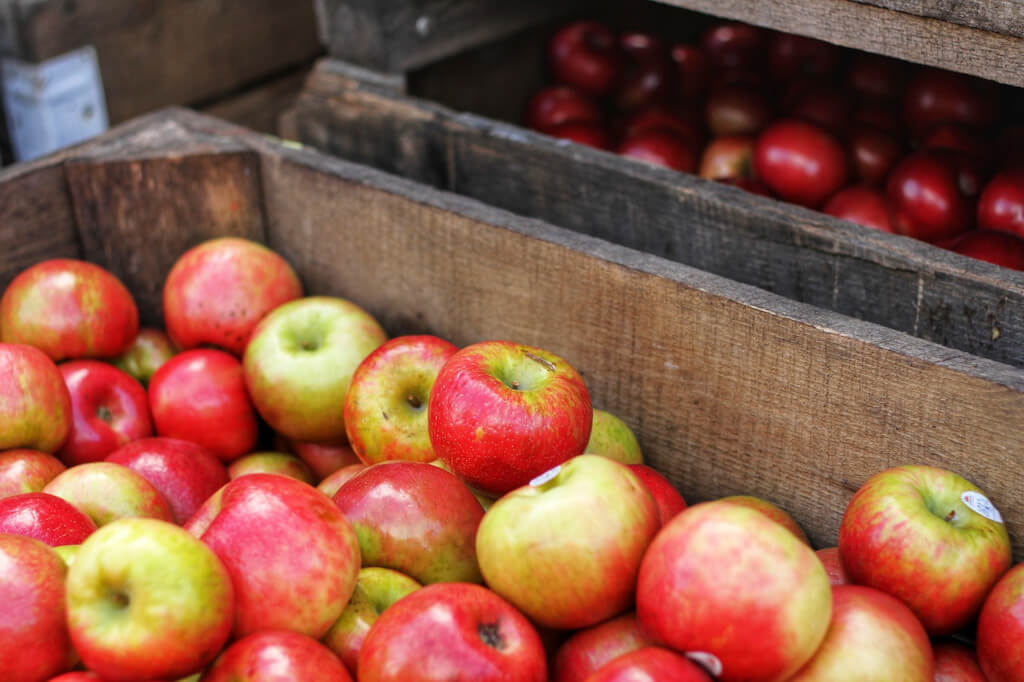Concern has been voiced by those working in the citrus industry regarding the upcoming export season of 2023. This comes after producers were unable to meet their export quotas in 2022. According to Justin Chadwick, for many growers, the cost of transporting their fruit to market has increased to the point where it is no longer possible for them to make a profit from their business.
The Chief Executive Officer of the Citrus Growers Association of Southern Africa (CGA), Justin Chadwick, issued a statement in which he remarked that the numbers demonstrated what an exceptionally challenging season the growers had been forced to go through.
This season’s difficulties included, among other things, an increase in the costs of agricultural inputs and transportation, as well as “extraordinarily high shipping price increases,” the latter of which “made the expense of getting fruit to the market industrially unprofitable for many growers.”
In accordance with the statement, growers in Southern Africa supplied 164,8 million cartons (15kg equivalent) for export in 2022. This number represents a 3,2 million carton increase from the previous season but a 5,7 million carton decrease from the seasonal prediction. The numbers for the various varieties of lemons were different, but overall, the number of lemons exported increased by 3.6 million cartons to 34. 7 million cartons, which was 2.4 million crates more than was anticipated.
The number of navel oranges increased by 600,000 cartons to 27,8 million cartons, which is 900,000 cartons below the seasonal projections. The number of containers of mandarin oranges increased by 900,000 cartons to 31 million cartons, but this was still 2,7 million cartons under the seasonal estimates.
Exports of Valencia oranges dropped from 55 million to 53,8 million cartons, while those of grapefruit decreased by 800 000 to 17,5 million cartons. According to Chadwick, “unwarranted and prejudicial new falsified codling moth rules imposed by the EU mid-season further aggravated the financial strain and other threats for growers.”
In addition, he stated that “squeezing profit margin to the point where only one in five farms was realizing high returns” was the result of the continual deterioration of infrastructural development, which includes things like roads, rail, and harbor operations; erratic supply of electricity; and a decrease in real export prices.

The industry was doing everything it could to tackle these issues, but farmers worried that several of these obstacles would still be present in the upcoming season despite the efforts that were being made by the industry. According to Cornel van der Merwe, vice chairperson of the CGA and an agriculturist in the Onderberg region of the Western Cape, the majority of citrus producing regions around the country have been getting adequate rainfall. This would lead to the dams being filled to capacity and indicate a positive beginning to the production period.
On the other hand, on the marketing side, he voiced concerns about the economic circumstances in other countries, particularly in South Africa’s international destinations, which could limit disposable incomes and add strain to citrus prices. Van der Merwe expressed his concern that even if there were some signs that shipping rates might decrease in 2023, this may not be enough to make a significant difference. Because shipping prices have risen by more than 150% over the course of the past two years, a decrease of only 10% to 15% will not suffice. It is imperative that prices return to where they were before the COVID-19 pandemic.
In addition to this, he stated that there were concerns that a few of the country’s port facilities would lack the capacity or room to handle the new false coddling moth regulatory requirements that have been implemented by the EU. The fact that export volumes have fallen below the seasonal projections is unsettling, according to Chadwick, because it means that the average growth prospects of approximately 10 million containers per year for the next decade will not be realized.
As a result, it is no longer possible to anticipate achieving an export target of 200 million cartons within the next five years or 260 million within the next ten years as previously projected. If the industry had been able to produce such volumes, it would have been in a position to provide a supplemental 100 000 jobs and generate an extra R20 billion in annual revenue. This would have brought the total number of jobs and revenue contributed by the industry to R50 billion.



